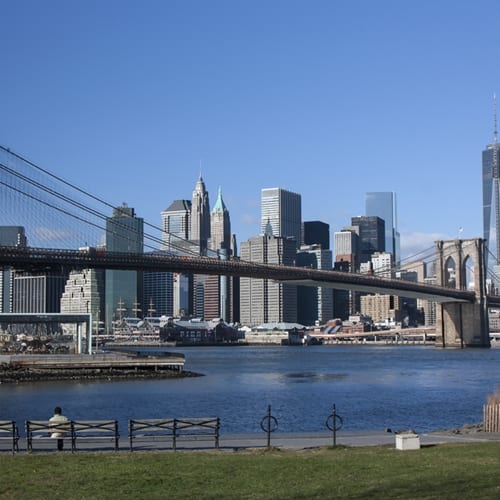In an attempt to free up New York's frozen Hudson River, the United States Coast Guard has deployed an "icebreaker" vessel, the USCGC Sturgeon Bay. This ship's main duty is to clear ice that would normally prevent travel, ensuring that local supply chain activity and fuel delivery remains stable.
Once the Sturgeon Bay has passed through a section of the Hudson, other ships are free to pass behind in its path. Smaller boats like tugs can also be used for this purpose, but they run a greater risk of getting trapped. Divers can also be used to break up ice as a last resort, a New York Waterway official told the New York Times.
The sheer length of the Hudson means that durable ships are needed to patrol it, and the Sturgeon Bay handles an 120-mile section. According to Coast Guard Lieutenant Ken Sauerbrunn, the captain of the Sturgeon Bay, this particular winter has been especially bitter, the worst in more than 10 years, making the river more challenging to clear. Sauerbrunn spoke to Albany ABC affiliate News 10 about the way his ship is especially equipped to handle the frozen conditions out on the water.
"The shape of the haul allows the ice breaker to ride up on the ice," he said. "Then the weight of the ship crushes it and we always break ice between 50-100 feet of either side of the vessel." He added that the Sturgeon Bay, which weighs more than 660 tons, has a special responsibility to "lead the pack" by getting out in front of the standard ship traffic.
Before any vessel is deployed on long-term and important hazardous missions like this, it's best for operators to research boat insurance coverage practices that will help maintain operations at the highest level of safety standards.

